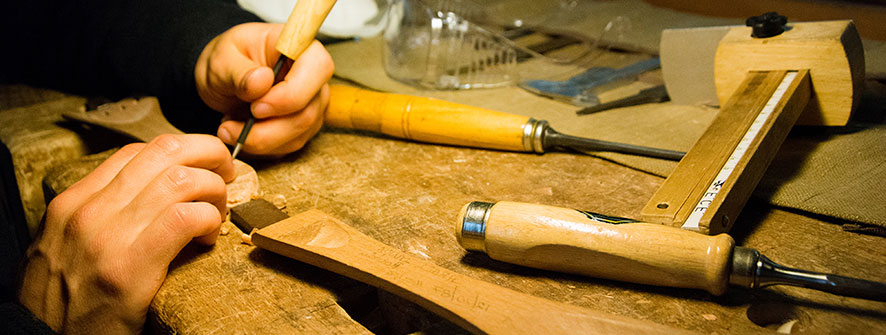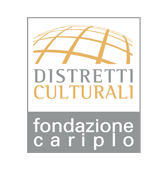Cultural Districts


The Cultural Districts project is Fondazione Cariplo’s brainchild to promote economic growth in Lombardy capitalizing on the local cultural heritage. The term ‘cultural district’ denotes an area rich in cultural and environmental assets, industrial and service businesses that operate in a synergistic fashion. With this project, which is unique in Italy, the Foundation has chosen to pioneer a process geared to create new opportunities for economic, employment and social growth by leveraging the local heritage and natural resources.
The project was developed into 4 steps:
1. In step 1 (2005-2006), a general pre-feasibility study was conducted to enable Fondazione Cariplo identify areas with similar features that could potentially become cultural districts;
2. In step 2 (2007-2008), the Foundation launched a call for proposals as a result of which it identified 11 potential cultural districts whose institutional framework and economic landscape were analyzed in-depth to determine their viability as cultural districts;
3. In step 3 (2008-2010), assisted by the Foundation that provided them with guidelines, the advice of a panel of experts and training, local teams in the 11 selected areas worked on their development as a cultural district. Fondazione Cariplo reviewed the outcome of that exercise and selected 6 out of the initial 11 areas as its grantees for the development of a cultural district. Fondazione Cariplo funded each of these cultural districts with up to €3.8 million and matching funds were provided by other local sources;
4. In step 4, the 6 selected cultural districts were launched. The Camonica Valley District was the first cultural district to be kicked off (March 2009), followed by "Dominus in the Mantua Po River Area" (April 2010) and "The Gonzaga Palaces" (July 2010) in the province of Mantua, the "Monza & Brianza Cultural District" (July 2010), the "Cremona Province Cultural District" (July 2010) and the "Valtellina Cultural District" (September 2010).
The project was endorsed by the Lombardy Regional Administration with whom the Foundation signed a Memorandum of Understanding for the regional administration’s possible co-funding of the project.